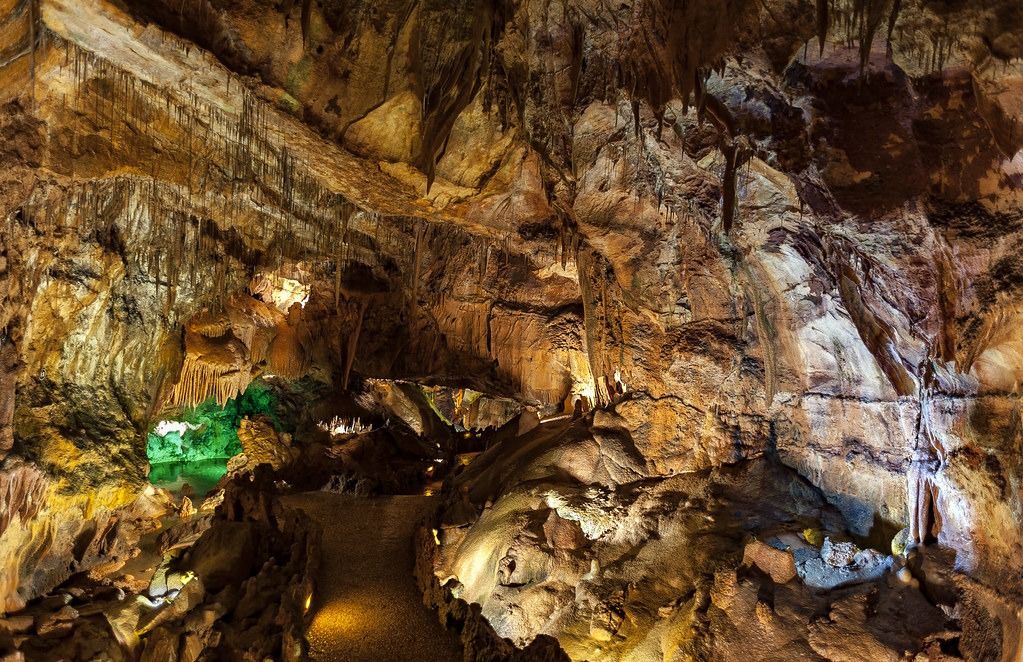The platinum group metals (PGMs) are most valued for their wide range of industrial processes and commercial applications including automotive, jewellery, electronics, dentistry, catalysts, pivots, temperature measurements, special crucibles and investments amongst others. Platinum group metals are a family of six structurally and chemically similar elements (PGMs) consisting of iridium (Ir), osmium (Os), platinum (Pt), palladium (Pd), rhodium (Rh) and ruthenium (Ru). Platinum and palladium are considered the most important metals of the PGMs because of their good economic value and higher available quantities while rhodium, iridium, osmium, and ruthenium, are mined as by-products of platinum and palladium. Most of the world’s PGM’s are concentrated in magmatic ore deposits formed during the cooling and crystallization of magma.
The total world’s reserves of platinum group metals are estimated at 100 million kilogrammes, of which over 80% is projected to be present in South Africa’s Bushveld Igneous Complex. Being the world’s largest layered intrusion, the Bushveld Complex formed some two billion years ago. The discovery of the first platinum deposit in South Africa dates back to 1924. For many years, more than 75% of the world’s output has been produced in the mines of this geological structure. Most of the PGM’s in South Africa are derived exclusively from the Bushveld Complex, with only about 0.1 per cent coming from the gold deposits of the Witwatersrand and Free State, and the Phalaborwa copper deposit. Currently, there are twelve active or very soon to be active platinum mines in the Bushveld Complex.
Here are some of South Africa’s top PGM mines.
1.Impala Platinum Mine
Being in operation since 1969, the Impala platinum mine is located on the western limb of Bushveld Complex in South Africa. In June 2019, it was estimated that the mine’s proven and probable mineral reserves in the Merensky Reef and the UG2 (Upper Group 2) ore bodies were estimated to be 51.4Mt and 44.0Mt respectively and produced a total of 753,800 ounces (oz) of refined platinum. Currently, there are 14 active shafts in place to maintain production between 1.1 and 1.2 million oz.
2. Waterberg mine
Approximately 85km north of Mokopane town in Limpopo Province, The Waterberg mine is located in the Bushveld Igneous complex. The mine is expected to become one of the world’s biggest platinum group metal (PGM) mines with an estimated annual production of 744,000oz of 4E (platinum, palladium, rhodium and gold) and 23Mlb of nickel and copper. Sixty-three percent of Waterberg reserves and resources of PGMs are palladium and the estimated life of the mine is 18 years. It is expected that the construction of the project will be completed in 3.5 years approximately, subject to project approval, with the first production expected in 2022.
3. Kroondal mine
With two concentrators located on the Western Limb of the Bushveld Complex, Kroondal mine is a shallow underground PGM mine located 12km east of the town of Rustenburg in the North West Province of South Africa. Located at 90 km west of Pretoria, in the Bushveld Complex of South Africa, the mine is adjacent to the world-class Rustenburg operation, the largest platinum-group metal (PGM) producer in the world.
4.Blue Ridge mine
About 15 km from Groblersdal, the Blue Ridge mine is situated on the southwest arm of the Bushveld Igneous Complex, in Mpumalanga, South Africa. With a current depth of about 300 m, Blue Ridge uses two decline systems - the North and South shafts, and the upper group two (UG2) reef, which dips at 170˚ from west to east. The reef consists of three bands commonly known as the A, B, and C reefs, which give a mineable width of 1,22 m at an average head grade of 2,64 g/t.
5.Bafokeng Rasimone Platinum Mine
Located in the north-eastern part of South Africa in Rustenburg, the Bafokeng mine is a large open-pit mine operating at a depth of less than 500m. BRPM produced its first concentrate in 1999 and current Merensky and UG2 reserves support a remaining life of mine which is approximately 30 years. It is permeated by two decline shafts the North and South shaft. The mine produces around 171,000 oz of platinum every year. Having estimated reserves of 47.9 million oz of platinum, the Bafokeng represents one of the largest platinum reserves in South Africa
6.Mogalakwena mine
The Mogalakwena mine is a large open-pit mine present in the north-western part of Mokopane, South Africa. It has one of the largest platinum reserves in South Africa, having estimated reserves of 264.9 million oz of platinum. It produces around 310,000 oz of platinum every year. The mine was established in 1993 and is 100% owned by Anglo American. The mine comprises five open pits (Central, South, North, Zwartfontein and Sandsloot), all mining the relatively flat Platreef ore body on the Eastern and Western Bushveld complex limbs.
The South African mining sector has changed shape thoroughly over recent years. Although, the ongoing global pandemic of covid19 has affected the entire mining sector badly yet the platinum group metal producers expect a strong rising consumption in 2021 amid vaccine rollouts globally.
The Africa Mining Convention will play its vital role in providing an apt platform and the meeting point for international mining companies, service providers, leading investors and key policymakers. AFMIC provides investors with a great way to explore the huge potential of the country and build beneficial connections to explore numerous business opportunities in the country.
Register Now! https://bit.ly/3tzDcsO


